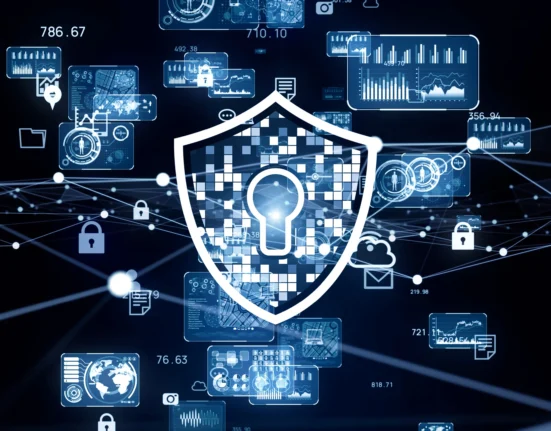How we live, govern, and do business has been completely rewritten during the last two years. Security and IT experts are no longer the only ones responsible for safeguarding and securing crucial assets, systems, and—most importantly—sensitive customer and proprietary data. Instead, managing and reducing risk is a shared responsibility that begins with the business and helps the strategic viability and operational sustainability of the entire organisation.
Raising the visibility of the boardroom
Similar to how electricity powered and empowered businesses throughout the industrial revolution, digital technology does the same today. If not sufficiently protected or resilient, it also has the power to obstruct supply chains and stop communications. A single malware assault or data breach has the sneaky ability to stop real-time network interactions and transactions, which will ultimately disrupt the company and have an adverse effect on revenue growth for days, if not weeks or months.
Senior leaders are starting to realise that controlling cyber risk begins in the boardroom and C-suite for a competitive advantage and long-term success. Offloading strategic decision-making and risk management, particularly the risk associated with digitisation, is no longer sufficient. If corporate objectives don’t contain an inherent strong security framework, modern security solutions can only reduce risks to a certain extent.
CISOs and their teams should assist leadership across the business in developing an understanding of what goes into security and privacy by design in order to better align security with the organisation’s strategic business objectives. The effective security architecture aims to produce improved business value and user experience instead of price and speed. When consumer-facing systems are disrupted or data is exposed, the costs are greater than what cyber teams normally estimate operationally and are heightened by diminished investor and customer trust, which can have long-lasting effects.
AI can assist businesses in preventing the delivery of flawed code to clients who might then spread it over their networks in addition to helping maintain speed throughout the software development life cycle.
In reality, this might entail delegating some controls and risks to third parties. Although it’s currently a challenging idea for CISOs and their business-line counterparts to grasp, it’s anticipated to become the dominant trend over the next years as development volume and risk continue to rise.









